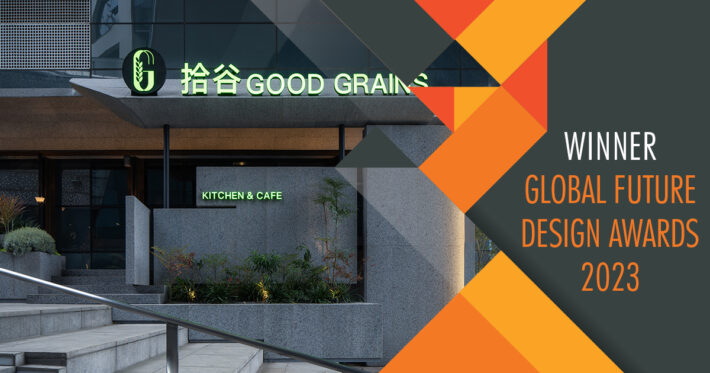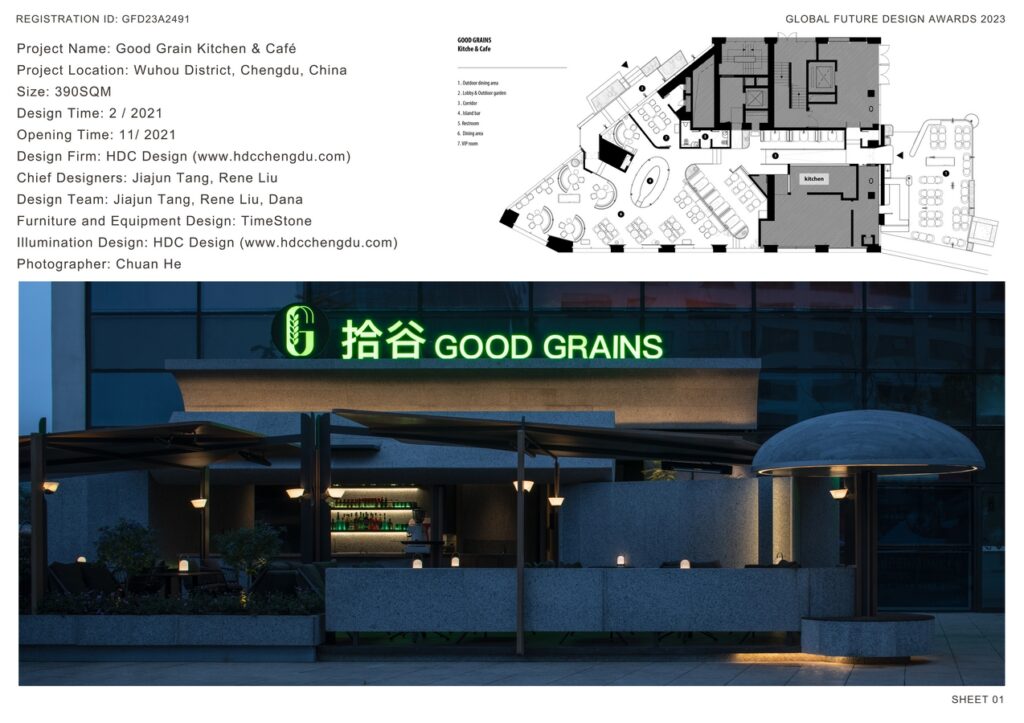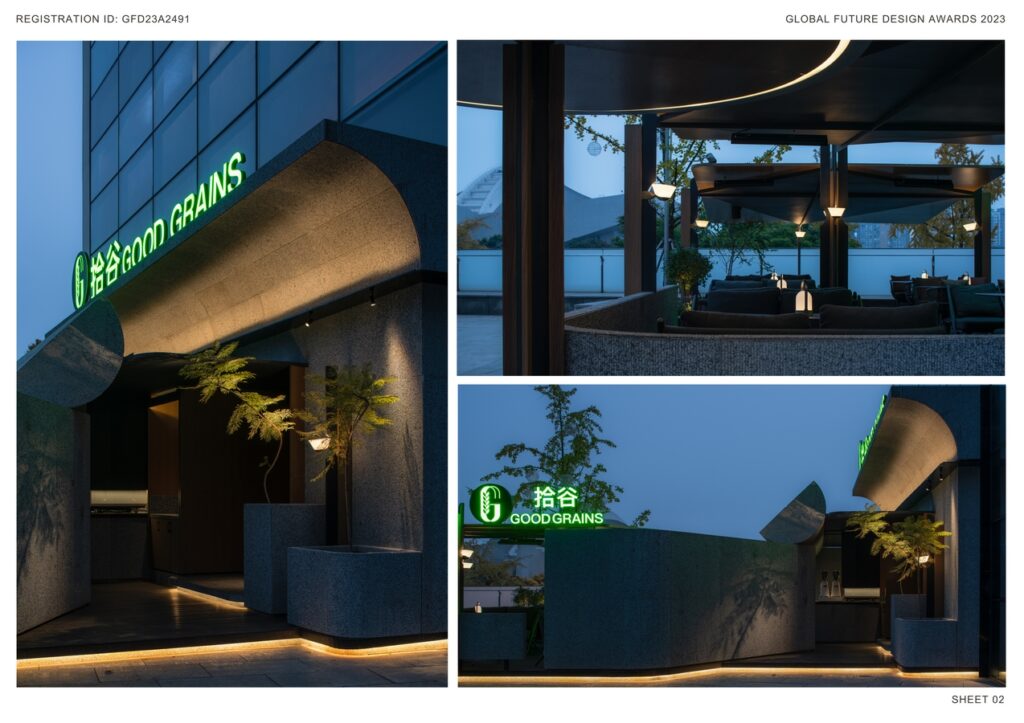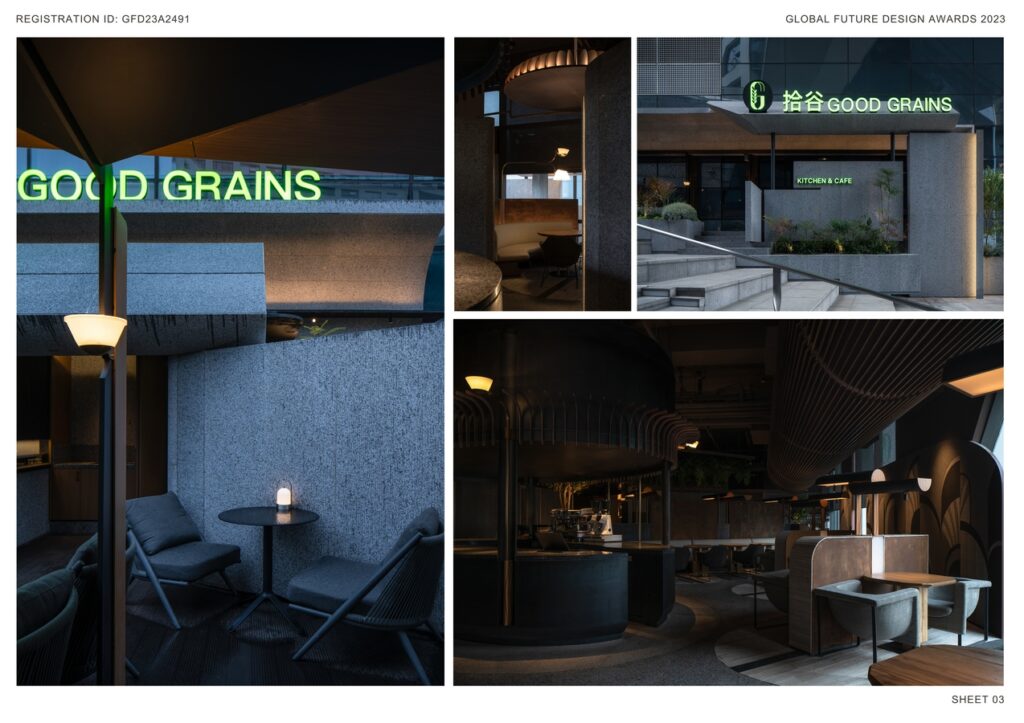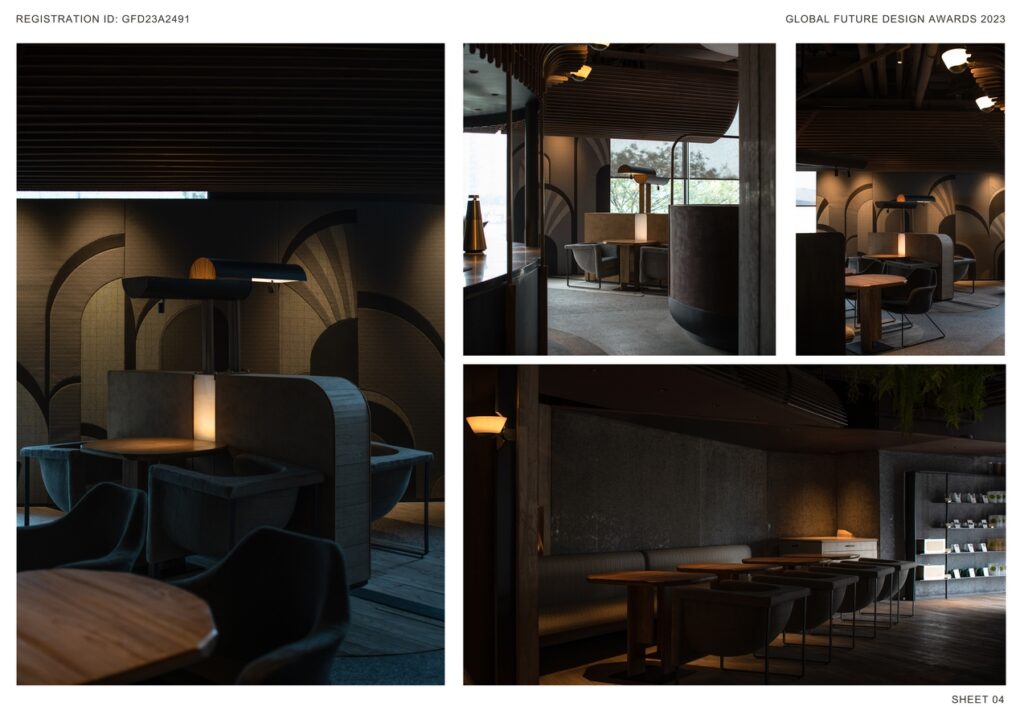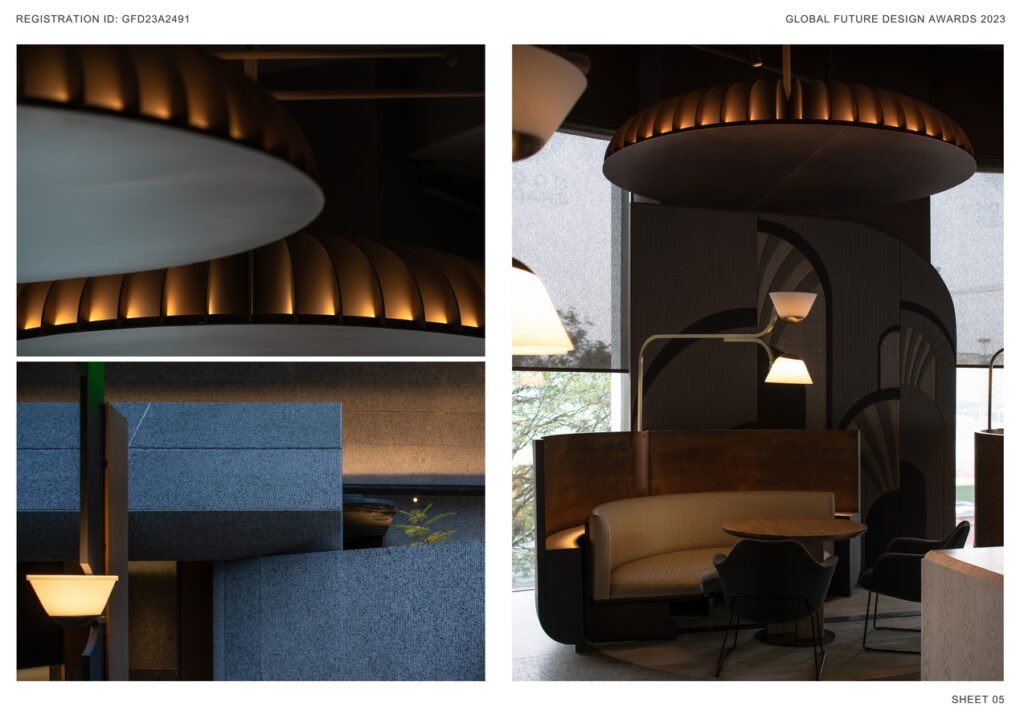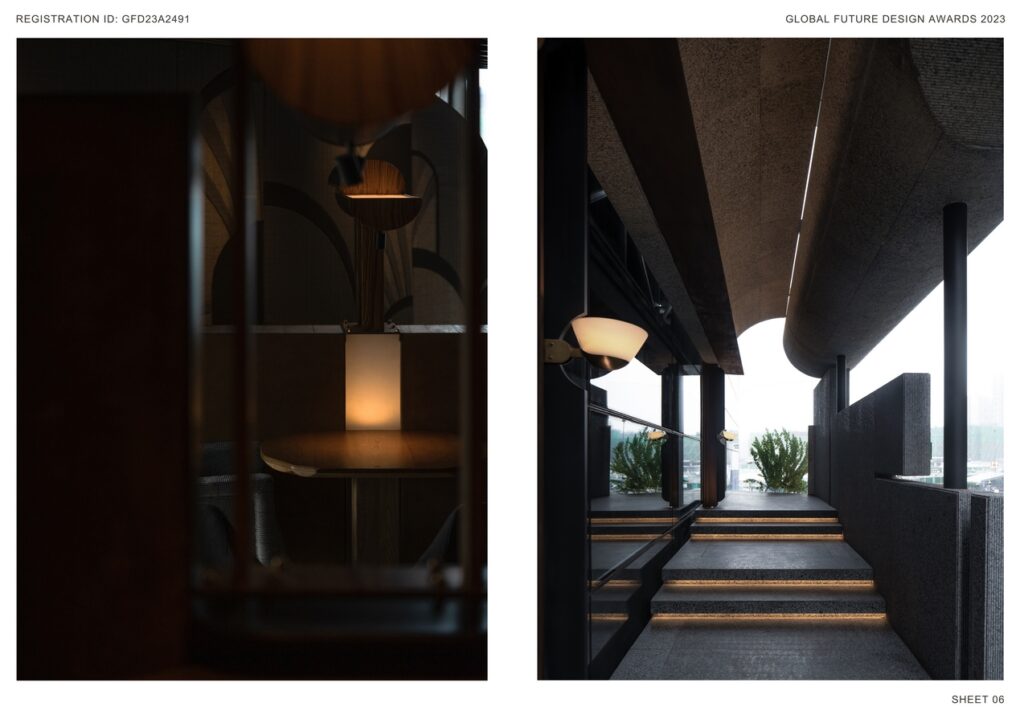Good Grain Kitchen & Café in Raffles City offers light western meals and beverages whose hallmark is green and healthy ingredients. The main building, designed by Steven Holl, boasts extraordinarydimensional and structural characteristics.
Global Future Design Awards 2024: Entries Open!
Take your work to the next level. Register Now…
Gold 🏆 Winner
Global Future Design Awards 2023
Good Grain Kitchen & Café
Hotel and Cafe Interior (Built)
Firm
HDC Design
Architect/Designer
Jiajun Tang, Rene Liu
Design Team
Jiajun Tang, Rene Liu, Dana
Project Location
Chengdu, China
Country
China
Photographer/Copyright
©Photographer: Chuan He
Social Media Handles
Facebook: Not Available
YouTube: Not Available
Instagram: Not Available
Twitter: Not Available
Website URL
N/A
While maintaining the overall architectural style, we highlight the language of good grain. As a result, we use rocks, timber and steel, the most fundamental geological and natural materials, as the dominant essentials for Good Grain Kitchen & Café, so as to emphasize the simple and natural cooking methods of light meals.
Good Grain Kitchen & Café in Raffles City offers light western meals and beverages whose hallmark is green and healthy ingredients. The main building, designed by Steven Holl, boasts extraordinary dimensional and structural characteristics.
While maintaining the overall architectural style, we highlight the language of good grain. As a result, we use rocks, timber and steel, the most fundamental geological and natural materials, as the dominant essentials for Good Grain Kitchen & Café, so as to emphasize the simple and natural cooking methods of light meals.
The construction and combination of solid geometrical patterns give shape to the facade at the front entrance, creating an expansive field of vision. The space emphasizes the feeling of freedom, relaxation and tranquility. The steel and timber structures work together to produce the effect of stretching and expanding the top surface.
It gives full play to the deconstructionism philosophy of the 1950s and 1960s, and focuses on the local characteristics of the space. Besides, the independent features of all components separate local parts from the three-dimensional space.
Here, diners can discover rich spatial relationships, interpret the physical feelings for dining created by the details of the components, and enjoy the process.


